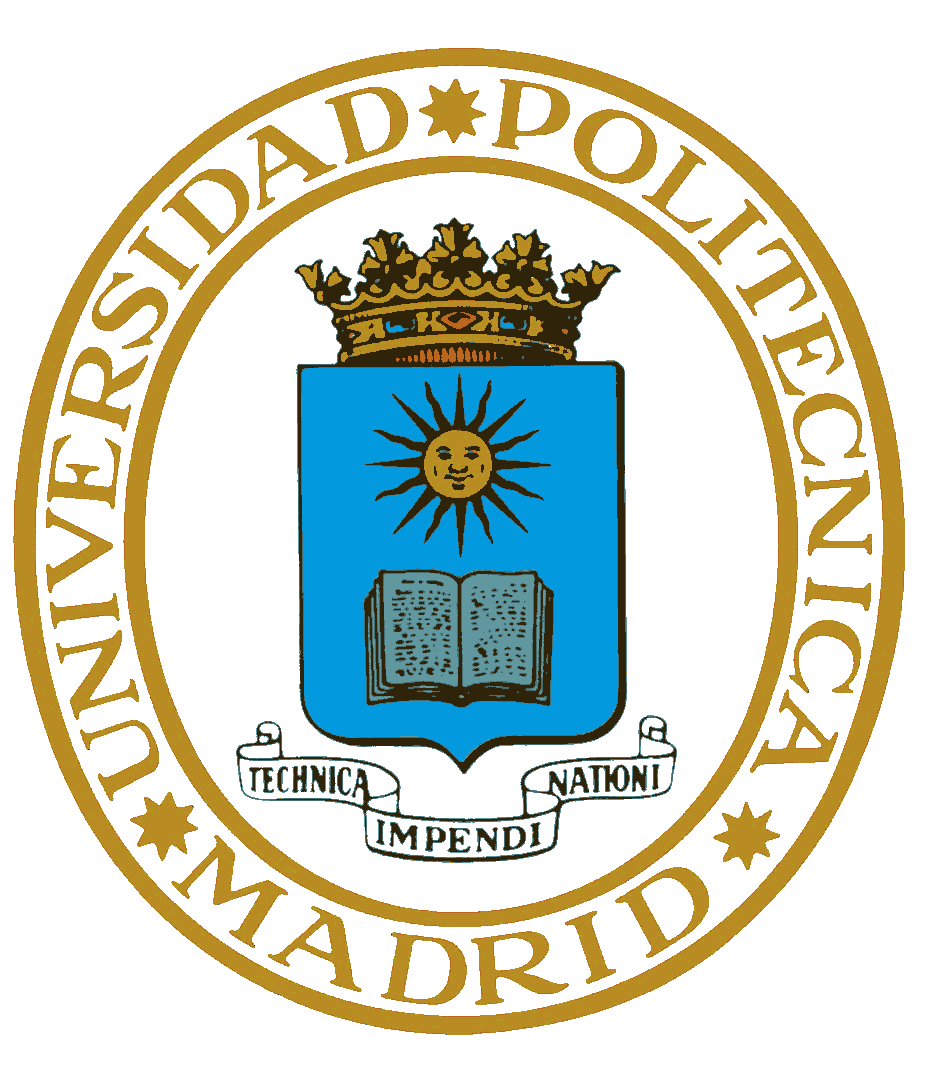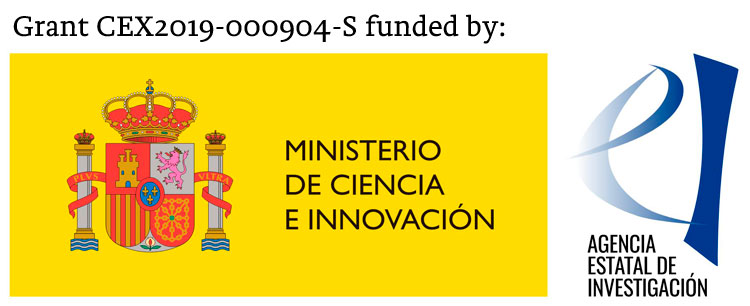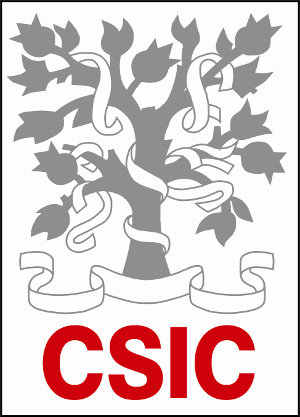Wednesday March 15 2023
In view of numerical evidence, ideal MHD should possess weak solutions that 1) arise at the ideal (inviscid, non-resistive) limit and 2) conserve magnetic helicity but 3) dissipate total energy. Faraco, L., MacTaggart and Valli have shown that magnetic helicity is, indeed, conserved at the ideal limit. It is a very challenging problem to prove that some of these solutions dissipate energy. As a more tractable problem, one might first try and construct dissipative solutions of ideal MHD in an integrability class where magnetic helicity is automatically conserved, without considering any regularisation such as the ideal limit. (Magnetic helicity is conserved as long as the solution is \(L^3\)-integrable.)
Faraco, L. and Székelyhidi have constructed bounded (in particular, \(L^3\)) energy dissipative solutions via the method of convex integration, by elaborating on the ideas of the 2009 Annals paper of De Lellis and Székelyhidi. Another natural conjecture, posed by Buckmaster and Vicol, is that \(L^3\) is an optimal integrability class for magnetic helicity conservation. Beekie, Buckmaster and Vicol had proved a first result in this direction by constructing solutions that lie slightly above \(L^2\) and do not conserve magnetic helicity. Faraco, L. and Székelyhidi have proved the full conjecture by using so-called staircase laminates invented by Faraco. In the talk I describe some of the main points of the proofs of these two results with Faraco and Székelyhidi.





 MTM2017-85934-C3.
MTM2017-85934-C3.

